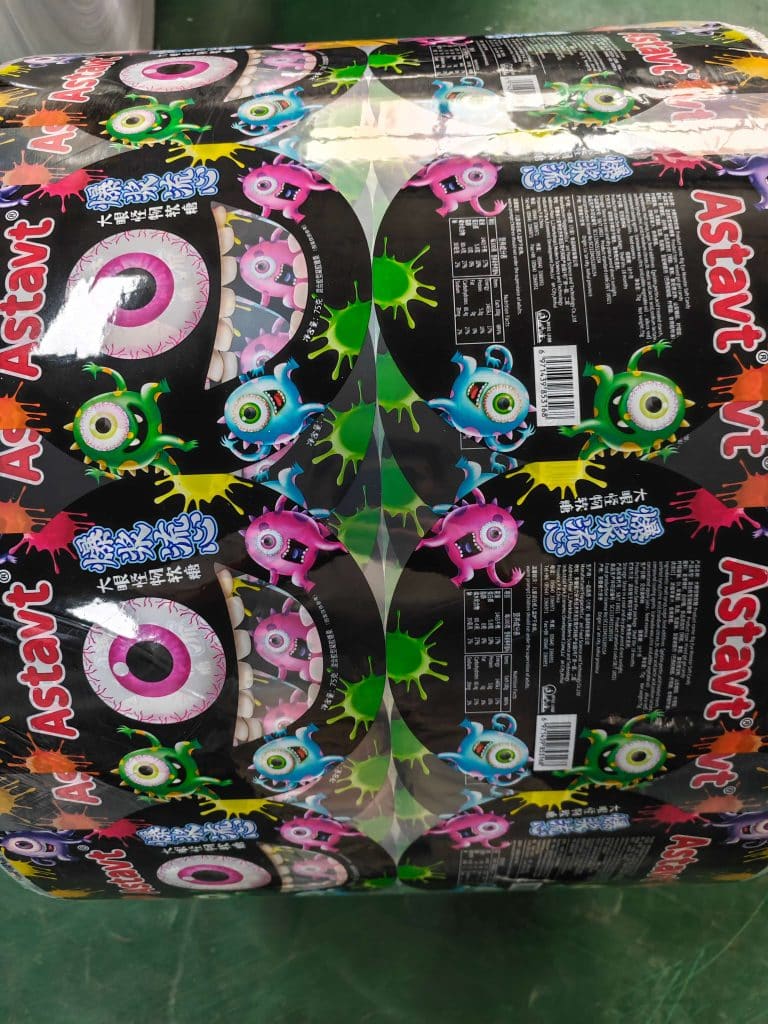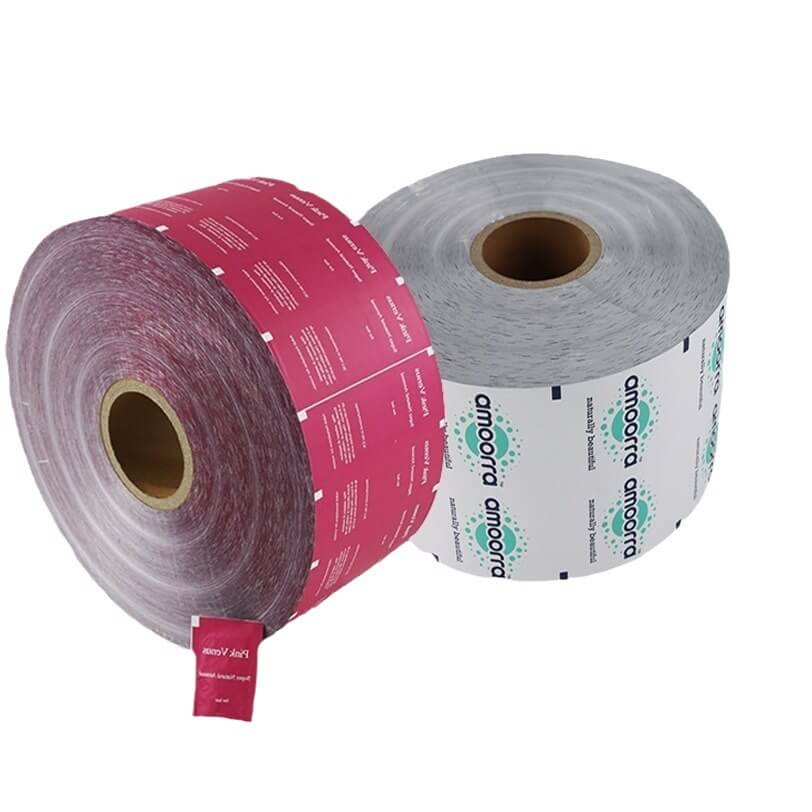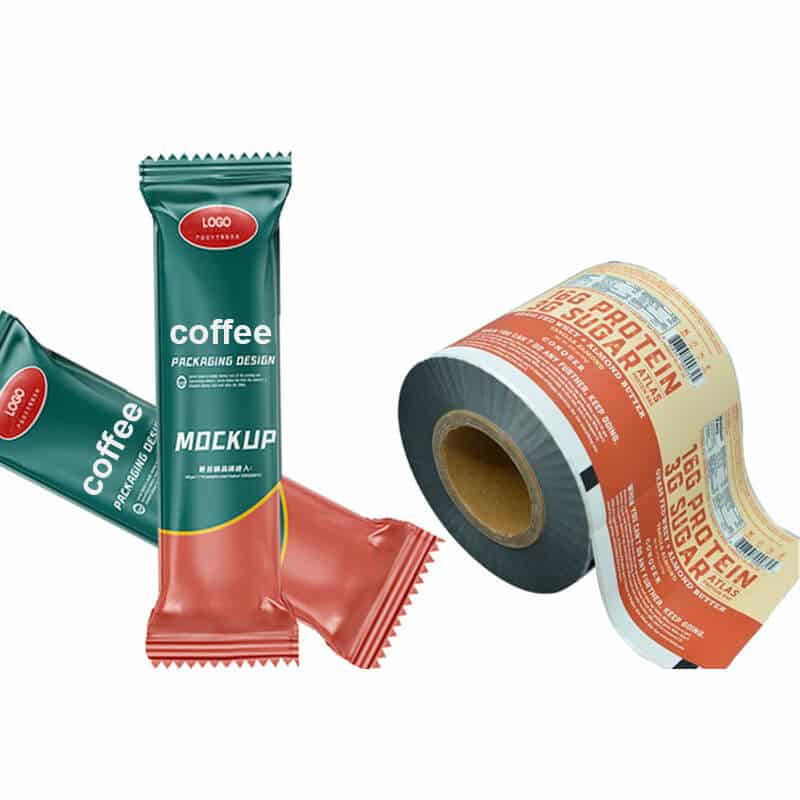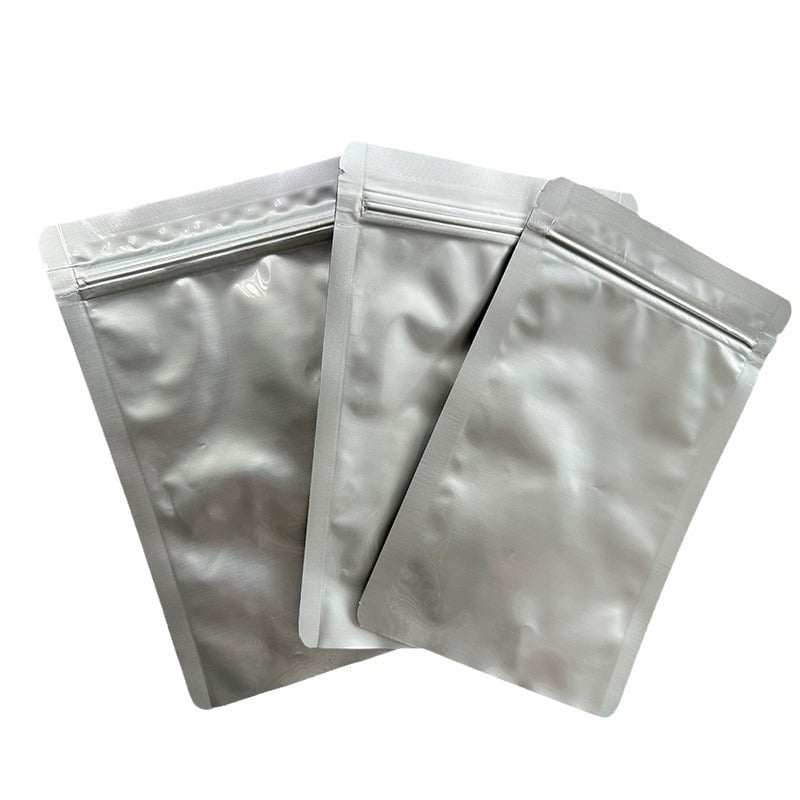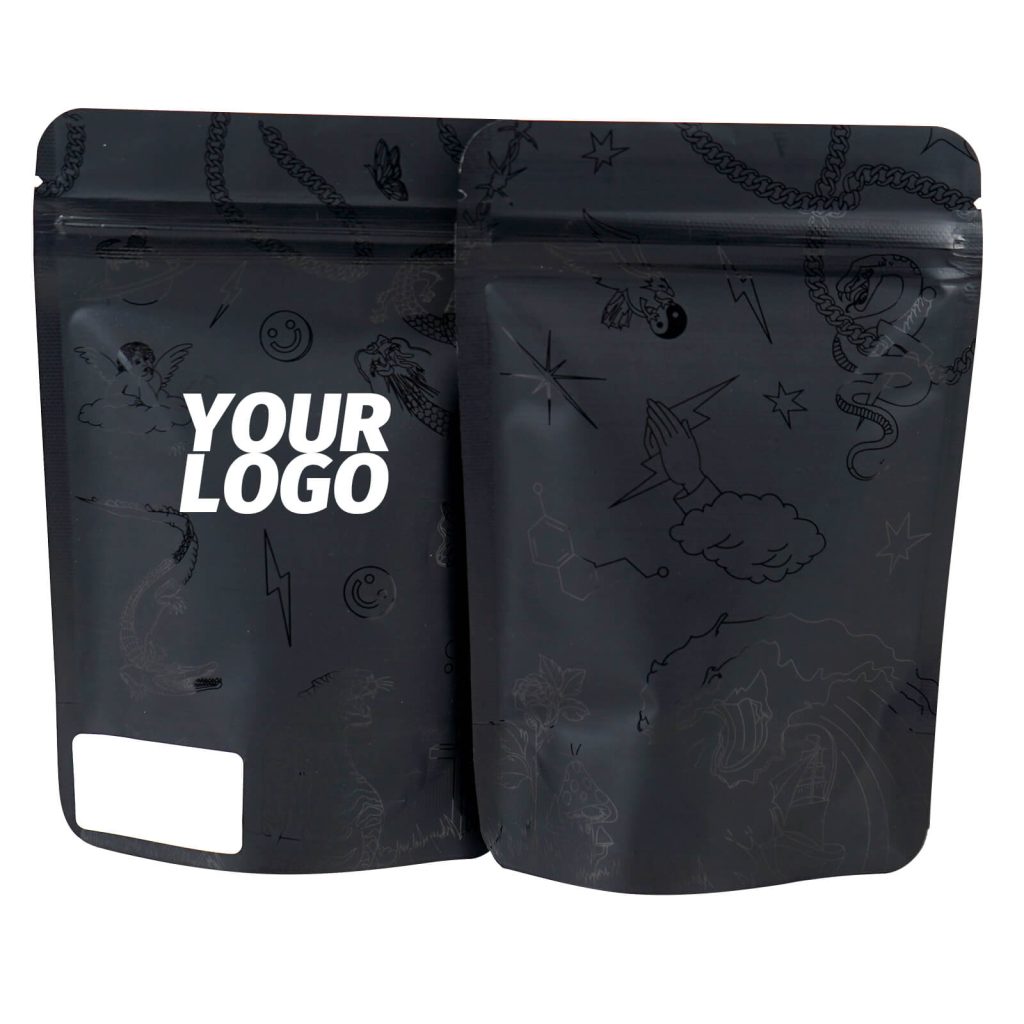How to open a bag of Coffee? Conventional Methods
Drinking Coffee has become an indispensable part of many people’s daily life; many people will brew their Coffee every day, and when faced with a brand new bag of Coffee, how to open it?
Today, I will tell you how to open a brand-new package of Coffee quickly and easily.
See the video below for some ways to open the coffee packaging.
There are many styles and materials of coffee packaging, so here is a set of standard methods to open a coffee bag.
- Carefully check all package parts; there may be hints or markings to open. 2.
- You can follow the instructions if there is a circular mark or hint on the package. 3.
- If the round mark on the package is raised, try pressing or picking the raised part with your fingers or some tools (e.g., knife or scissors).
- If the package’s circular mark is recessed, open the recessed part with your fingers or some tools.
- If you cannot open the package, you can use a tool such as scissors or a knife to make a small cut and then open it through the amount.
- When opening the package, consider safety to avoid scratching or stabbing yourself.
Classification of coffee packaging bags
Coffee packaging products are generally divided into raw beans export packaging, roasted coffee beans (powder) packaging, and instant coffee packaging.
Our daily contact with roasted coffee beans (powder) packaging, instant coffee packaging, especially roasted coffee beans, is becoming increasingly popular.
According to Coffee, packaging can also be divided into non-airtight packaging, vacuum packaging, one-way valve packaging, and pressurized packaging.
The bag type can be divided into: three side seal, insert bottom packaging, eight side seal packaging, especially eight side seal coffee packaging is more and more popular with consumers, and the market demand is also expanding.
How to open a coffee bag
People often use their hands to tear open the coffee bag directly; this is the most direct method but not the best way because some coffee packaging is robust, and tearing may hurt their hands.
And coffee packaging is generally not directly after the opening of the end and needs to be saved to continue to use; the direct tearing method is not conducive to sealing the coffee bag.
Many bags have tape or easy-to-tear zippers; we can use scissors to open the seal or tear the zipper by hand and then use video or clips to reseal the mouth of the coffee packaging.
The most common types of coffee bags are zipper bags and taped and taped.
Zipper bag coffee packaging is straightforward to open; some zipper coffee bags are Velcro, which can be directly open the Velcro can open the coffee bag.
Another kind is easy-to-tear zipper coffee bags; this kind of zipper can be opened along the zipper head. After opening the zipper, coffee bags can be resealed by pressing the zipper again.
They are protecting the coffee beans.
- First, the tape must be fixed on the top opening of the coffee bag.
- pull or remove the tape holding the bag in place.
- This is done by pulling back the black tape from the back.
- Now you can unfold the top part to reveal the tin tie and the opening of the bag
- Next, you can cut your scissors along the line below the opening at the top of the coffee bag.
- After the cut, the bag has been opened, and you will see fresh coffee beans inside.
- Now, remove the entire bag and store it in a glass jar or leave the coffee in its original packaging.
To properly close or reseal the coffee bag, you just need to fold the top opening and fasten the tape again!
How do I close and reseal my coffee bag?
After opening the coffee bag, you can transfer the coffee into an airtight container or keep it inside the bag.
Of course, for the latter, you must know how to close and reseal it properly.
Otherwise, the coffee will be exposed to the elements (especially oxygen) and lose its freshness, aroma, and flavor.
For coffee bags with tinsel, we can reseal the bag by rolling the tinsel (and the bag) and folding the edges to the sides.
For coffee bags with zippers. We place the two sides of the opening together, press firmly, and they will stick one side together to form a seal.
Why do coffee bags have holes or valves?
These “holes” are called one-way exhaust valves. A one-way vent is a functional packaging accessory that works just as its name implies, like a one-way street, allowing gas to flow in only one direction, never against the flow.
When the coffee bean bag reaches a certain pressure, the gas can be through the exhaust valve from the inside to the outside to exclude gas; when the pressure inside the container is reduced to insufficient to top open the valve piece, the valve automatically closes, so only the gas inside to go out, outside the water vapor, air can not come in.
By installing the one-way exhaust valve on the bag, the internal gas can be discharged through the exhaust holes, and the external gas will be prevented from entering the bag because of the pressure to achieve the purpose of preserving the freshness of the coffee.
How long can coffee be preserved after opening the bag?
What destroys coffee is generally the oxidation of the beans by air, so how long coffee can be kept depends mainly on how it is stored.
Quality coffee beans can stay fresh for up to two to four weeks after opening. This is because once the seal of the coffee bag is broken and the coffee is exposed to oxygen, the oxidization process begins. As a result, coffee beans that are kept fresh lose their flavor.
Frequently Asked Questions
1. How long does vacuum-sealed coffee last?
The shelf life of ground coffee is about two weeks to 1 month, but if stored in a vacuum sealer, it can stay fresh for up to 3 months. In addition, it is best not to store ground coffee in the refrigerator as it will absorb odors from the fridge.
2. How long can coffee beans be kept in the bag after opening?
After the package of coffee beans is opened, if it is properly stored, the coffee beans will remain fresh for ten days.
First, whether the coffee is stored in the refrigerator or not, whether the bag can be sealed appropriately is crucial. Since humidity has a more significant effect on coffee quality than temperature, using an airtight canister or coffee bag sealing stick is essential to seal the bag properly.
3. How long can coffee stay fresh in a Ziploc bag?
Coffee is made from roasted and ground coffee beans. Generally, the shelf life of coffee is 16~18 months.
The shelf life of coffee in aluminum foil pouches is 12 to 18 months, but the shelf life of coffee in cans is longer.
Four factors that affect the quality of coffee
Oxygen: Oxygen is the biggest threat to the freshness of your coffee, and the problem is that it’s everywhere. You can’t open a coffee bag in a completely airtight vacuum; unless you’re a NASA crew member on the International Space Station, but I don’t think so. Therefore, once you break the vacuum-sealed bag of coffee beans, oxygen will begin to seep in, destroying the freshness and longevity of the coffee.
Temperature: Keeping the entire coffee bean at high temperatures is a recipe for disaster. For every 10-degree Celsius rise in temperature, unpreventable chemical reactions (such as oxidation) occur twice as fast. Store coffee in a warm area of the kitchen (for example, above the coffee maker or near the oven), and it’s a safe bet that the coffee will lose a considerable amount of flavor, and the shelf life of those beans will be cut nearly in half.
Light: Light is another element to ensure it’s as far away from the coffee beans as possible. The UV rays emitted by natural light will break down the aroma components in the coffee. Therefore, if you store your coffee in a large glass jar on your kitchen windowsill, moving it to a darker location is a good idea.
Humidity: We talked about oxygen, temperature, and light, leaving only humidity. This last silent killer of fresh coffee can cause coffee beans to mold and become damp. Similarly, constant fluctuations in hot and cold temperatures can cause moisture to condense within stored coffee beans. This condensation can lead to the growth of potentially harmful mold spores on the coffee.
So, given that so many external dangers can reduce the freshness and shelf life of your coffee beans, how can you ensure that they stay fresh? You don’t need to lock them in an airtight container and bury them six feet underground. You simply need to do all the steps within your power to ensure that your coffee beans are protected from these four silent killers.
Summarize
There are all kinds of coffee packaging bags on the market, especially the popular eight-sided-seal coffee packaging bags, but it is easy to open them.
If the coffee bag has a tin tie, you need scissors to open the bag.
However, if the bag has a tear, it can only be torn open by hand. Open the bag along the tear line.
Remember to reseal the coffee bag after opening. Resealing can isolate the air and make the shelf life of the coffee longer. The flavor will be as fresh and fragrant the next time you use it.

